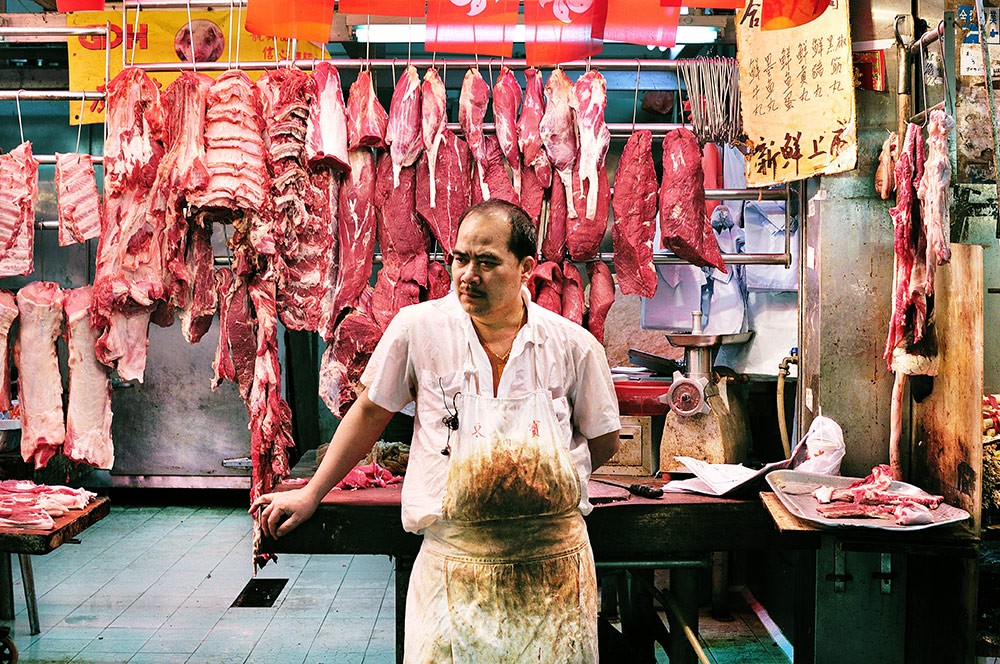Chinese regulators shuttered a Shanghai meat factory several years ago after reports it had supplied out-of-date meat to McDonald’s and Yum Brands, KFC’s parent company.
The scandal cut the market value of the two fast-food companies by $10.8 billion and highlighted risks in Asia’s protein supply chains. It also spurred investors to find opportunities to invest in sustainable food products and practices.
Asia’s growing middle class is eating more meat, boosting demand as much as 20% by 2025. That is exposing sustainability risks in Asia’s meat, seafood and dairy industries, according to the investor initiative Farm Animal Investment Risk and Return (FAIRR).
“Investors have a big appetite for Asia’s animal protein sector,” says Jeremy Coller, CIO of Coller Capital and an author of Factory Farming in Asia: Assessing Investment Risk. “But growth is driven by a boom in factory farming, which tends to mean more emissions and more epidemics, abuse of antibiotics and abuse of labour, all risks to returns.”
Southeast Asia, for example, has more than 175,000 deaths each year due to foodborne illnesses, the most in the world. In South Korea, avian flu pandemics in 2016 and 2017 required the culling of more than one-fifth of the poultry industry.
Last year, 14 Myanmar migrants workers filed suit against a Thai chicken farm, seeking $1.4 million for violating workers’ rights.
One investor’s risk is another’s opportunity. “Investors will assess the ability of companies in the meat supply chain to position themselves ahead of these risks,” says Jaideep Panwar of APG Asset Management Asia, an arm of the Dutch pension giant.
Filipino food giant Monde Nissin in 2015 acquired UK meat substitute producer Quorn for $812 million. Monde Nissin predicts Asia’s meat alternative industry will reach $5.2 billion by 2020. Healthy Living Biotechnology, a Taiwanese start-up, allows consumers to trace eggs from chickens raised without antibiotics with a QR code.
From 2012 to 2016 in Southeast Asia, vegan product launches jumped 140% and new vegetarian products more than quadrupled.











